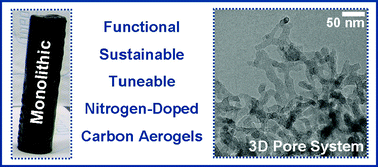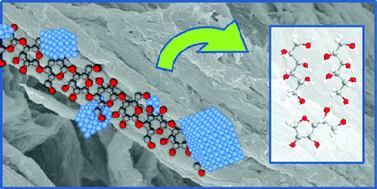Ionic liquids containing methyl sulfate, hydrogen sulfate and methanesulfonate anions were used to pretreat lignocellulose in the presence of water.
Ionic liquids (ILs) are salts which are liquid at room or slightly elevated temperatures, and the majority have negligible vapour pressures. One of the applications of ILs is in the pretreatment and processing of biomass (e.g. cellulose and lignocellulose). However, the presence of water in these processes reduces the solubility of the biomass in the ILs and therefore the effectiveness of the pretreatment. 
In this work, Welton and co-workers from Imperial College London have used IL and water mixtures of 1-butyl-3-methylimidazolium methyl sulfate and 1-butyl-3-methylimidazolium hydrogen sulfate to pretreat ground lignocellulosic biomass. These ILs were shown to work effectively in the presence of significant quantities of water thereby eliminating the need for anhydrous conditions during the process.
To find out more, please click on the link below:
Ionic liquid pretreatment of lignocellulosic biomass with ionic liquid–water mixtures, Agnieszka Brandt, Michael J. Ray, Trang Q. To, David J. Leak, Richard J. Murphy and Tom Welton, Green Chem., 2011, DOI: 10.1039/C1GC15374A
This article is free to access until the 21st September 2011





















